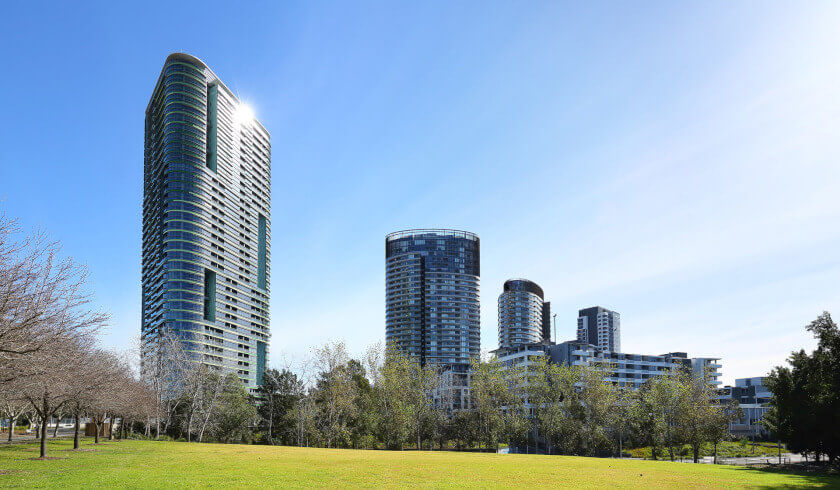A certifier speaks: How the Opal Tower was approved
Private certifiers have copped the brunt of the backlash about faults appearing in Sydney Olympic Park's Opal Tower. One certifier has hit out in defence of the industry, and explained how the tower came to be approved.

Building certifiers in NSW are set for an audit next year, after faults appeared in the newly-opened Opal Tower. The cause and extent of the damage remains under investigation, but public blame has so far shifted to the certification industry, which approves the compliance and safety of new-builds.
Adam Mainey, director of private certification firm Concise Certification, came out in defence of certifiers, and argues the heat the industry is copping from government and property owners is misdirected.
Making a case for certifiers
Explaining the process of how a private certifier certifies a building via a LinkedIn article, Mr Mainey said the certifier requests the structural plans and design certificate from the structural engineer.
“The project builder and relevant contractors are to follow the structural design as [indicated] on the structural plans,” Mr Mainey said.
The structural engineer then inspects prior to pouring of concrete to confirm that the works have been carried out in accordance with the structural plans.
“At the [finalisation] of the project and prior to the certifier issuing an occupation certificate (a permit that allows residents to occupy the building) he/she requests a structural certificate from the structural engineer to confirm that the works have been carried out in accordance with the structural plans and that the building is structural adequate.”
Then, Mr Mainey said, the private certifier needs to inspect the building multiple times during its construction, which include:
- Before issuing the construction certificate;
- After the beginning of excavation and before pouring the first footing;
- Before the covering any waterproofing of at least 10 per cent of wet-related areas, such as bathrooms, laundries and water closets;
- When reviewing fire rated construction between apartments;
- When building elements that penetrate fire-related elements;
- Before covering stormwater drainage connections; and
- Before issuing the occupation certification.
With all of these checks taking place, Mr Mainey believes this is a robust process, and therefore pinning blame on the certifier's method is not appropriate.
“I’m not going to point the finger at anyone because I personally don’t know the details of the case but the issue at the Opal Tower is not a matter for the certifier,” Mr Mainey said.
“The certifier will still have liability in the matter as they issued the occupation certificate; however, the occupation certificate was issued on the basis of certification from the structural engineer and not on a personal review of the structural elements by the certifier.”
The production line
Unlike other sectors in the building industry, Mr Mainey added that private certifiers are personally accredited and insured, which means they cannot attempt to phoenix their business in order to remove the blame on themselves.
“As an accredited certifier operating in the private industry, I can personally vouch that there are no kick-backs, no handshakes and no cash stuffed paper bags.
“There are professionals operating in the communities’ best interest with young families trying to make ends meet just like yourself.
“I can’t stand up for the certifier and say they did their job with 100 per cent due diligence because I don’t know the project, or the certifier, but I can say that the Opal Tower issue is not at the fault of the certifier or the private certification industry.”
